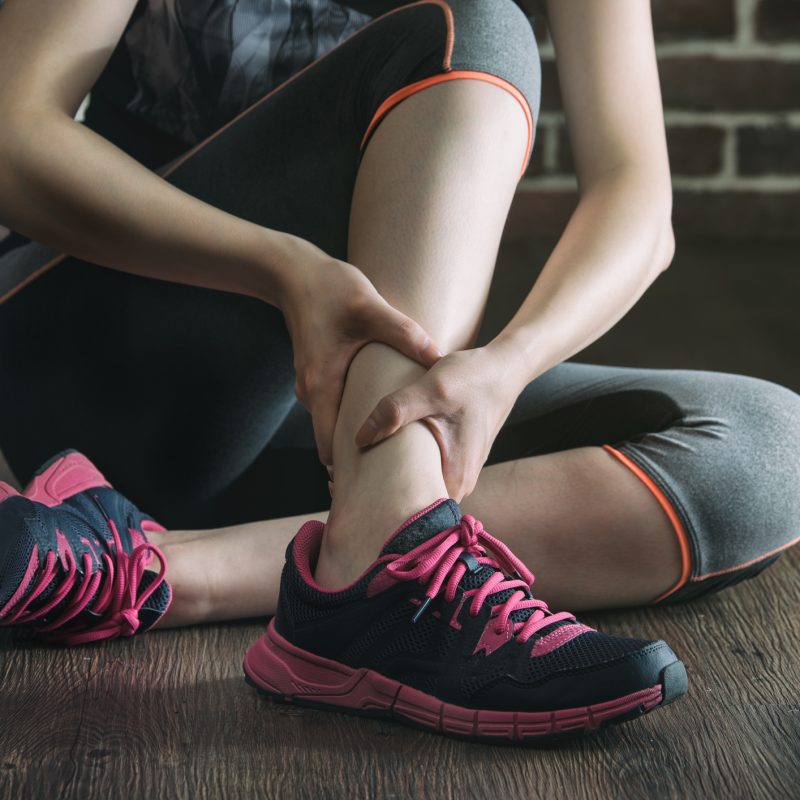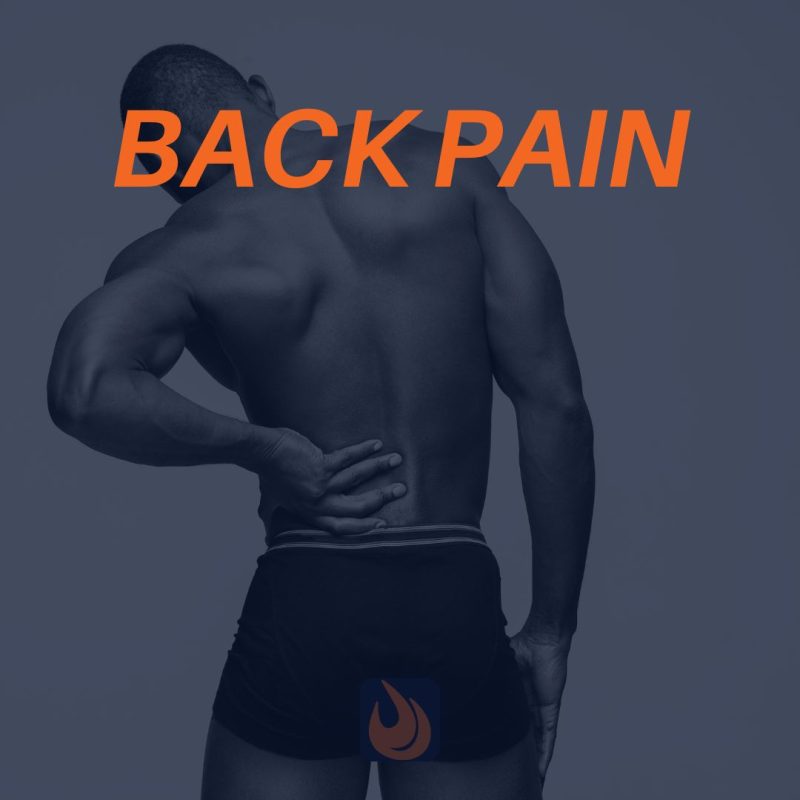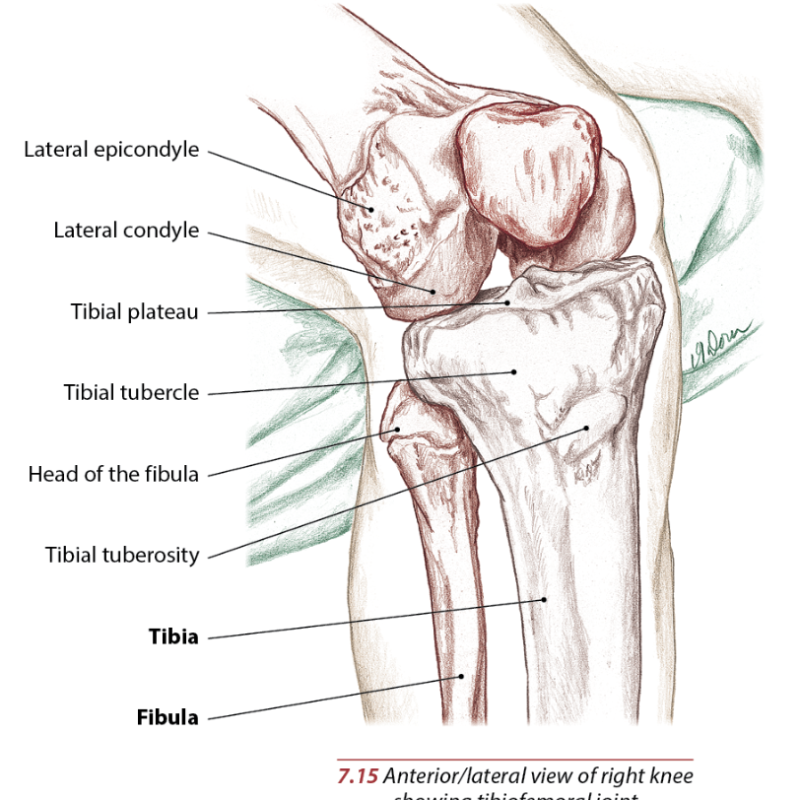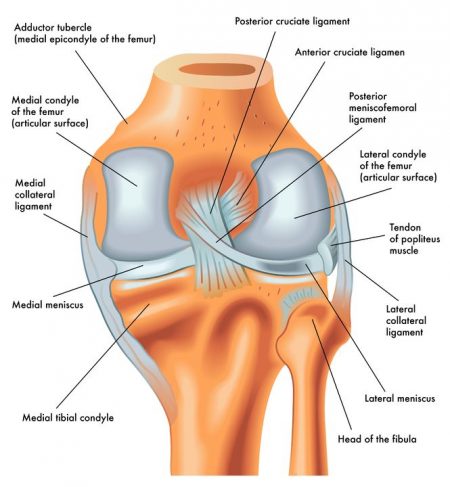Sports injuries affect athletes on a multitude of levels, including the biological, psychological, and social realms. The traditional format used by physical therapists involves managing…
READ MORE

Sports injuries affect athletes on a multitude of levels, including the biological, psychological, and social realms. The traditional format used by physical therapists involves managing…
READ MORE
Cold water immersion (CWI) has recently gained popularity as a means of reducing post-exercise muscle stiffness, lessening fatigue, decreasing exercise-induced muscle damage (EIMD), and facilitating…
READ MORE
Fit Pros, are more and more of your clients using saunas for post-workout recovery? Have you ever wondered what the difference between a dry sauna…
READ MORE
Imagine an intense soccer game: lots of running, kicking, and pivoting, all the typical elements of play, happening at top speed. The muscles taking the…
READ MORE
The shoulder is one of the most complicated joints, having the ability to move in six different motions. The shoulder is therefore susceptible to injury because of potential trauma, overuse or degeneration requiring potential surgery. Two of the most common surgical procedures for the shoulder are acromioplasty and rotator cuff repair.
READ MORE
Many sports, such as soccer, basketball and football involve jumping, cutting and pivoting maneuvers. These motions place stress and demands on the ligaments that support the knee. One of the most common injured ligaments is the anterior cruciate ligament(ACL).
READ MORE
Osteoarthritis(OA), the most common form of arthritis, a potentially devastating joint disease, affecting some 27 million adults per year and is on the rise. OA typically occurs in the hands, spine and hips affecting a multitude of joints particularly the knees.1 Obtaining a detailed history by the physician, via x-ray, where individuals will complain of symptoms of stiffness, low-grade inflammation and pain, makes diagnosis.
READ MORE
Personal trainers are bound to address back pain complaints or conditions when working with adult clients. Back problems affect a considerable number of adults each year, ranking as the second most common complaint to physicians. Nearly 16 million adults — 8% — experience persistent or chronic back pain, curtailing many everyday activities. Over 2 million adults suffer permanent pain/disability. As the sixth most expensive medical condition in the United States, direct and indirect back-related healthcare costs can run over $12 billion per year.
Dorsalgia, one of the most common skeletal muscle syndromes, refers to pain in the upper back and includes sciatic pain, but excludes discomfort relating to scoliosis or lordosis. This painful condition often develops with age, particularly affecting those with a variety of comorbid conditions.
READ MORE
For decades the leg extension, squat, leg press and lunge have all been used by general fitness clients, rehab patients and elite athletes alike without much on the side of specific research to help the fitness coach in determining which exercise to use or recommend for a specific goal or need. To understand the concepts and summaries of this article let’s start by taking an in-depth look at the internal components of the knee.
READ MORE
As fitness professionals, we often hear complaints from clients about various muscle aches following tough workouts. Typically we can dispel their fears by explaining the…
READ MORE
Connective tissue is the most widespread and abundant type of tissue in the human body. Connective tissue that is well vascularized is far less likely to tear or rupture under extreme stress – a desirable characteristic when performing any kind of physical activity.
READ MORE
Personal trainers are well-versed in working muscles, but what about the tendons and ligaments that hold the muscles to each other and to bone? These…
READ MORE